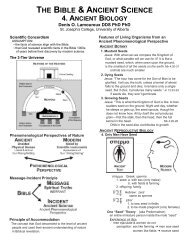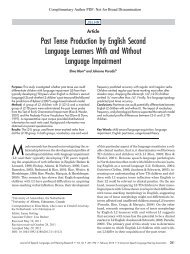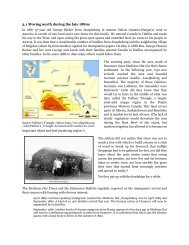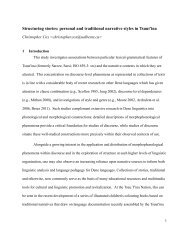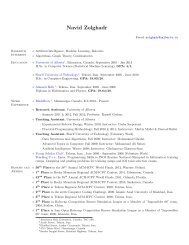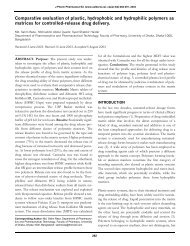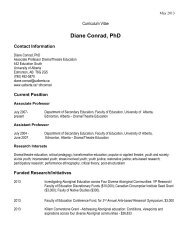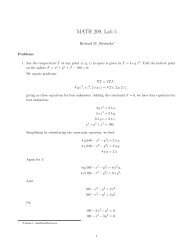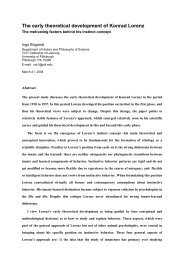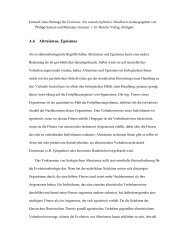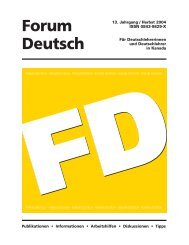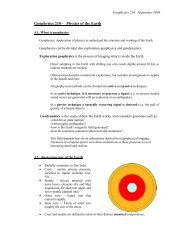Processing of Primary Fischer-Tropsch Products - University of Alberta
Processing of Primary Fischer-Tropsch Products - University of Alberta
Processing of Primary Fischer-Tropsch Products - University of Alberta
Create successful ePaper yourself
Turn your PDF publications into a flip-book with our unique Google optimized e-Paper software.
! Oxy on I<br />
Air r" I separation ~ Hydrocol gas<br />
.JNatural Gasoline~_] Hydrocarbon ]<br />
Natural Gas "[ separation [ synthesis ]<br />
Natural Synthetic<br />
gasoline gasoline<br />
Water I<br />
separation ] ~ Water<br />
Treating<br />
Product [ .~ Crude alcohol<br />
separation J ~- Diesel oil<br />
Olef'm ]<br />
polymerisation<br />
Figure 4. Integration <strong>of</strong> natural gas with the Hydrocol HTFT refinery.<br />
~ Gasoline<br />
4.1 Tar integration<br />
The configuration <strong>of</strong> a tar refinery is dictated by the nature <strong>of</strong> the coal<br />
pyrolysis products. In general the coal pyrolysis products are aromatic and<br />
contain sulphur, nitrogen and oxygen as hetero-atoms [54]. Since it is especially<br />
rich in phenolic material, phenol, cresols and xylenols (also collectively known<br />
as tar acids) can be extracted economically. In a fuel refining context<br />
hydroprocessing <strong>of</strong> the tar must be done in such a way that the hetero-atoms are<br />
effectively removed, but that the aromaticity is retained. In the petrol boiling<br />
range aromatics are required for octane and in the diesel boiling range aromatics<br />
are required for density. The products from a tar refinery therefore compliment<br />
that from a FT refinery nicely in terms <strong>of</strong> redressing octane and density<br />
shortcomings. Integration can take place downstream during fuel blending [9],<br />
but also at refinery level. Hydroprocessing <strong>of</strong> the more refractory hetero-atom-<br />
rich tar fractions may result in aromatics saturation. This destroys much <strong>of</strong> the<br />
benefit, but since the naphthenes can improve reforming performance, such<br />
streams can be combined with the FT feed to a reformer.<br />
4.2 Natural gas integration<br />
The condensate from natural gas can be seen as a paraffinic feedstock to<br />
the refinery. When the Hydrocol process was developed, all the condensable<br />
natural gas was used as direct blending stock with the FT derived material (Fig.<br />
4) [6]. Current fuel specifications would make such integration less likely. The<br />
condensate in the diesel boiling range can still be blended directly, but the<br />
condensate in the petrol boiling range requires refining.<br />
The processing scheme used for natural gas integration at the Mossel Bay<br />
refinery was developed with significant influence from the Sasol plants in<br />
Secunda. It targets the production <strong>of</strong> motor gasoline (Fig. 3) [15]. Therefore, it<br />
499



